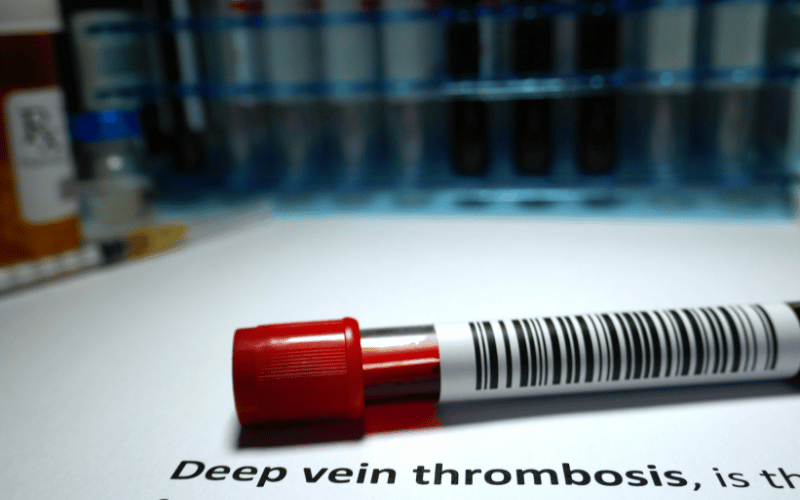Introduction: Decoding the Intricacies of Deep Vein Thrombosis
Deep Vein Thrombosis (DVT) remains one of the lesser-known yet potentially life-threatening medical conditions. Its stealthy nature, often presenting with minimal or no symptoms, underscores the need for heightened awareness and understanding.

This article delves into the critical aspects of DVT, unraveling its complexities to provide a clear, accessible insight into what it is, its risk factors, symptoms, prevention, and much more.
At its core, DVT is about the formation of blood clots in the deep veins of the body, predominantly in the legs. These clots can have severe consequences if they travel to the lungs, a condition known as pulmonary embolism, which can be fatal.
While anyone can be at risk, certain factors significantly heighten the chances of developing DVT. This makes understanding and recognizing these risks essential for early detection and prevention.
The risk factors for DVT are diverse and include lifestyle choices, genetic predispositions, and underlying health conditions. Factors such as prolonged immobility, for instance, during long flights or bed rest, certain medications, smoking, obesity, and a family history of clotting disorders significantly contribute to the risk.
Additionally, conditions like cancer, heart diseases, and pregnancy alter the body’s normal clotting mechanisms, making certain individuals more susceptible. Awareness of these factors is a critical step in prevention and management.
In the subsequent sections, we will explore each of these areas in greater depth, providing insights into the diagnosis, treatment, and long-term management of DVT. By the end of this article, you will have a well-rounded understanding of Deep Vein Thrombosis, empowering you with the knowledge to either prevent or manage this condition effectively.
1. The Silent Nature of DVT: Understanding its Stealthy Onset

Deep Vein Thrombosis (DVT) often begins silently, making it a deceptive health concern. This condition, marked by blood clots in deep veins, commonly lacks early warning signs.
This absence of symptoms poses a significant challenge in its early detection. It’s vital to understand that DVT can develop quietly, making vigilance essential, especially for those at higher risk.
Daily activities or health conditions can inadvertently increase DVT risks. Prolonged sitting, such as during long flights or desk jobs, can impede blood flow, heightening clot risks. Similarly, specific health issues like heart disease or cancer can alter blood’s propensity to clot. Recognizing these everyday risk factors is crucial in preventing DVT.
Educating oneself about DVT is a powerful tool in its early detection. Awareness about the condition’s silent nature can prompt individuals to seek medical advice proactively. This is especially important for those with a family history of clotting disorders. Knowledge about DVT can lead to early intervention, significantly reducing the risk of serious complications.
Regular medical check-ups can play a pivotal role in detecting DVT early. Health professionals can identify risk factors and advise on preventive measures. For high-risk individuals, these check-ups are invaluable for monitoring and early intervention. Regular medical attention ensures that any signs of DVT are caught early and managed effectively. (1)